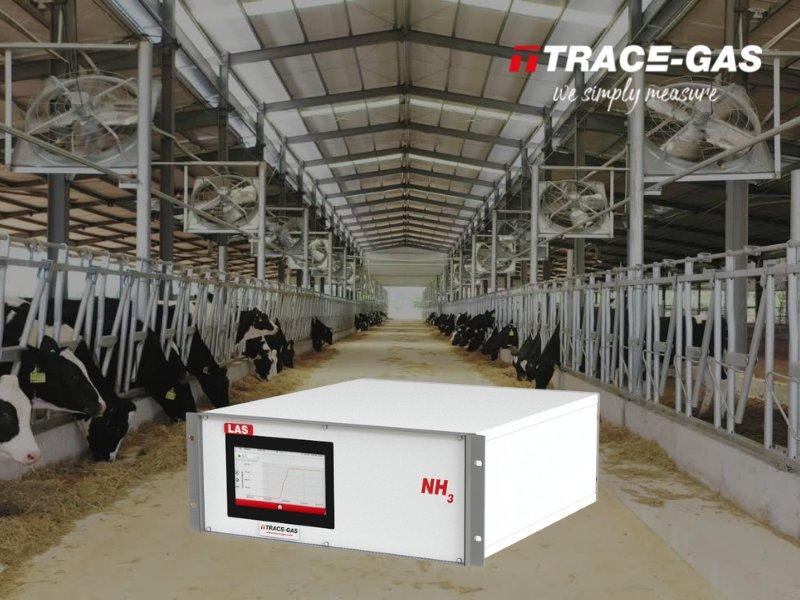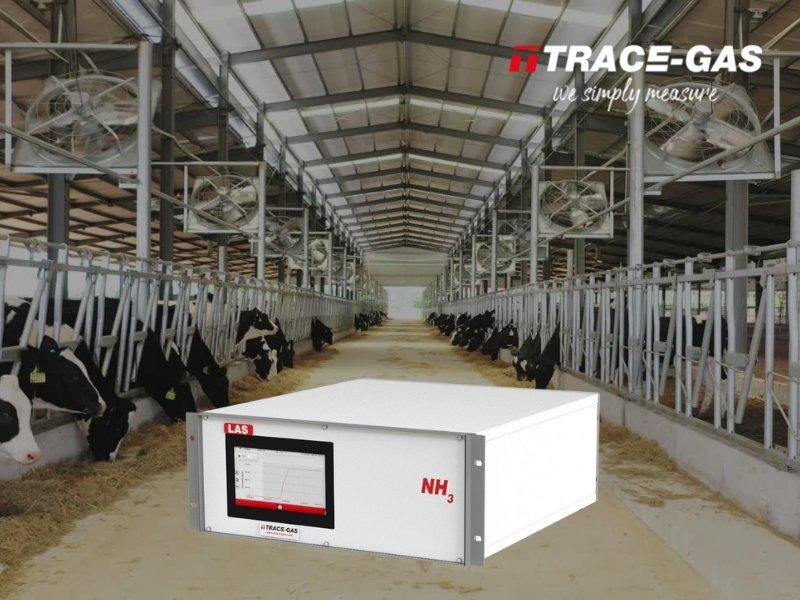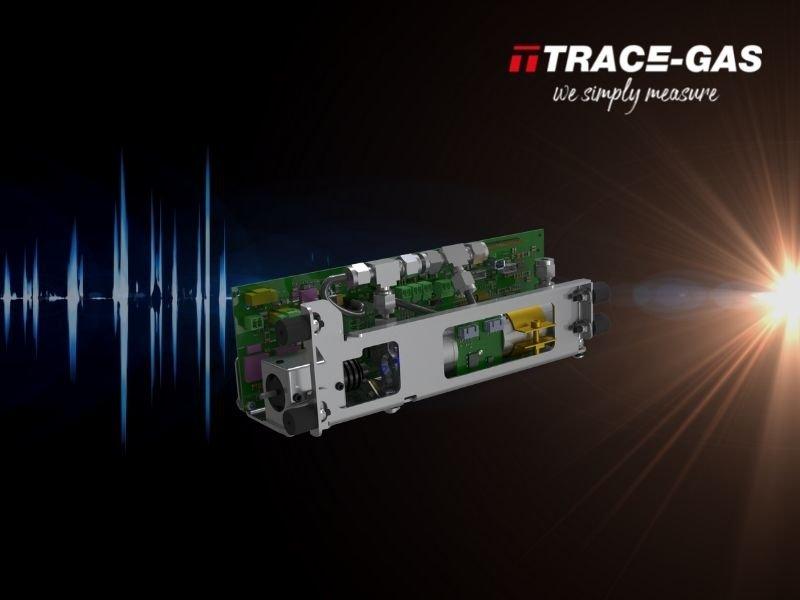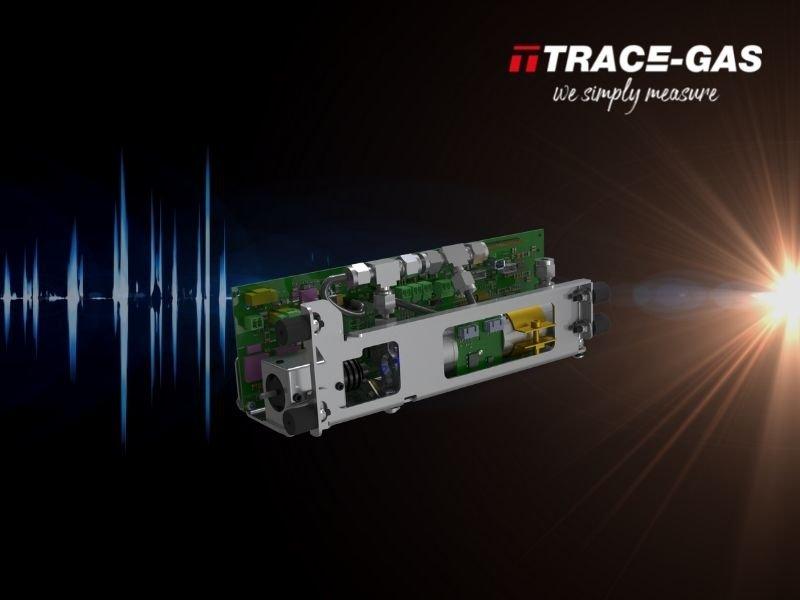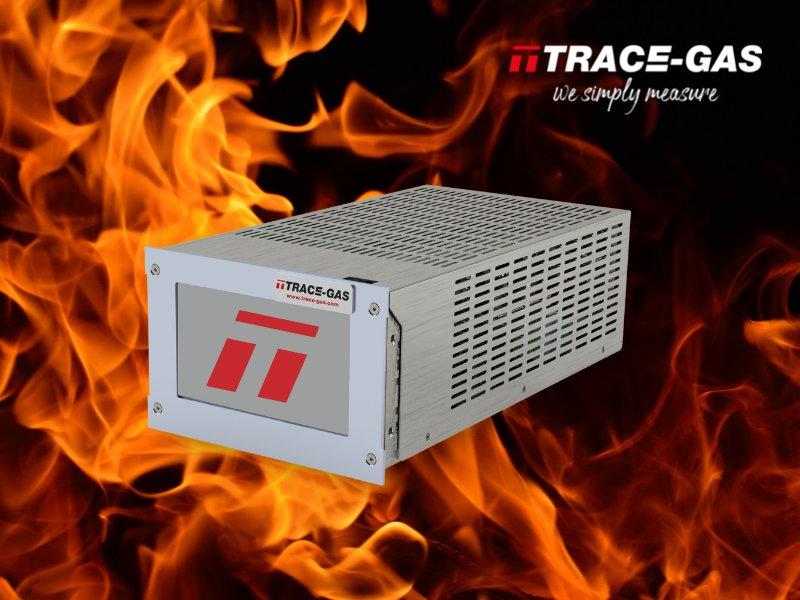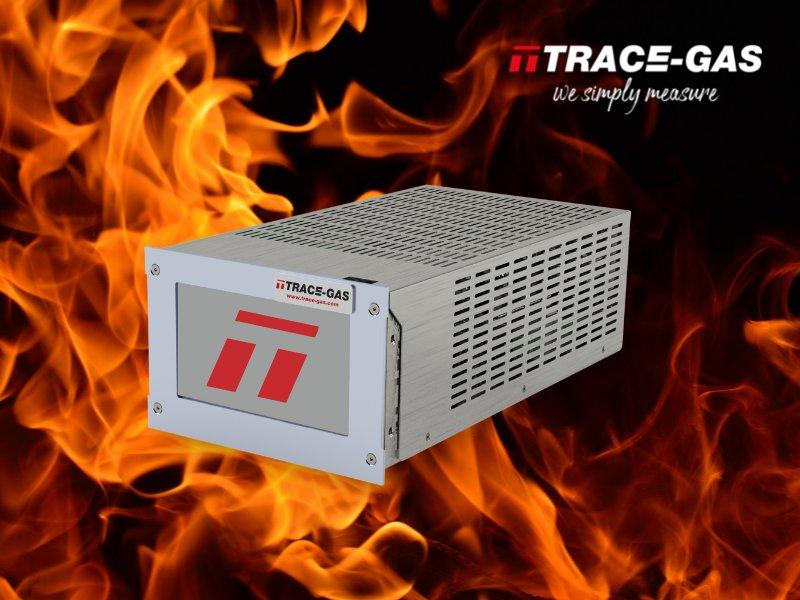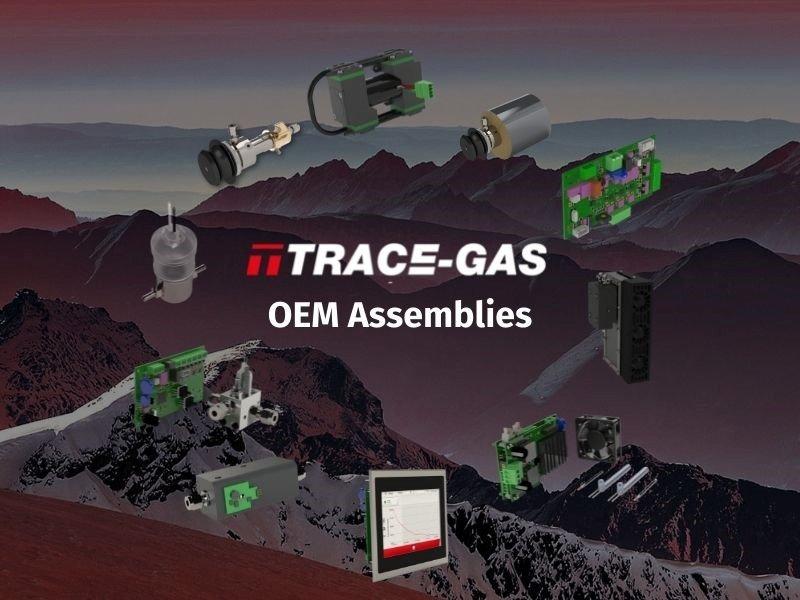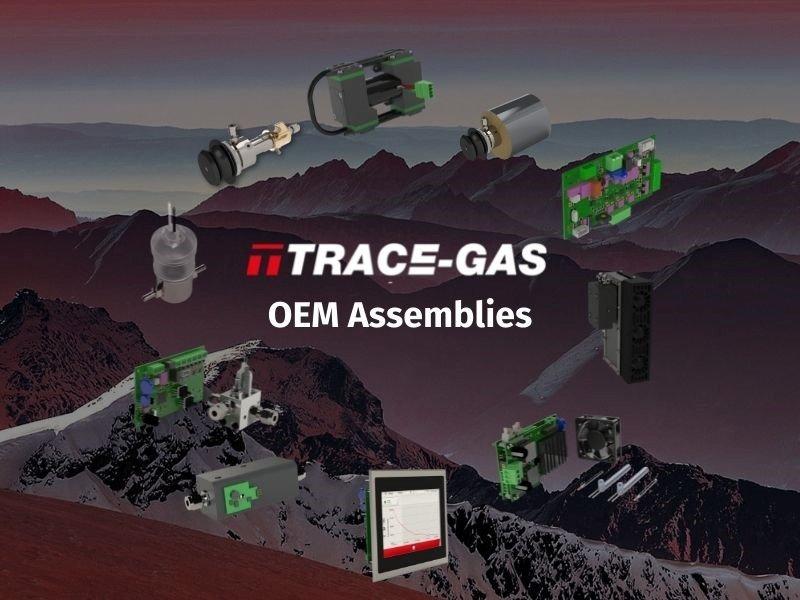-
Laser absorption spectroscopy (LAS) as a pioneering technology for monitoring various gases for environmental protection
In the field next to KNESTEL’s company building in rural Allgäu, a farmer spreads liquid manure. The smell of ammonia fills the hallways and one wonders if the gas has other negative impacts, such as on our environment, besides the enormous odor nuisance. The worldwide NH3 emissions originate for the most part from agriculture. However, according to recent studies, despite increased use of fertilizers (liquid manure, nitrogen fertilizers), there is a decreasing efficiency in yields. By monitoring the gas concentrations, especially in stables, a reduction of NH3 emissions can be achieved. A positive side effect is the improved stable climate, which contributes significantly to the welfare of the animals. The…
-
Laserabsorptionsspektroskopie (LAS) als zukunftsweisende Technologie für das Monitoring verschiedener Gase zum Umweltschutz
Auf dem Feld neben dem Firmengebäude von KNESTEL im ländlichen Allgäu bringt ein Bauer Gülle aus. Der Geruch nach Ammoniak erfüllt die Flure und man fragt sich, ob das Gas außer der enormen Geruchsbelästigung noch weitere negative Einflüsse, z.B. auf unsere Umwelt, hat. Die weltweiten NH3-Emissionen stammen zum größten Teil aus der Landwirtschaft. Jedoch ist aktuellen Studien zu Folge trotz erhöhtem Einsatz an Düngemitteln (Gülle, Stickstoffdünger) eine sinkende Effizienz bei den Erträgen zu verzeichnen. Durch Überwachung der Gaskonzentrationen vor allem auch in Ställen, kann eine Senkung der NH3-Emissionen, erzielt werden. Positiver Nebeneffekt ist das verbesserte Stallklima, welches maßgeblich zum Wohl der Tiere beiträgt. Die Messung von Ammoniak ist ein spannendes…
-
Monitoring the nitrogen dioxide (NO2) concentration in the air by „listening“ – is that possible?
Although the sound waves cannot be perceived directly by the human ear, the acoustic signals can be measured using microphones and the molecular concentration can be determined. This amazing principle is used in the TRACE-GAS PAS sensors to determine the concentration of gases. The photoacoustic technology platform offers many design options to realize low-cost and highly sensitive quantification of trace gases. Depending on the gas molecule, a wide variety of light sources can be used: from the ultraviolet to the mid-infrared range, LEDs, UV lasers, ICLs or even QCLs can provide the ideal solution for a measurement task. Photoacoustic gas sensors can make an important contribution in the field of…
-
Die Stickstoffdioxid (NO2) Konzentration in der Luft durch „Hören“ überwachen – geht das?
Zwar sind die Schallwellen nicht direkt mit dem menschlichen Ohr wahrnehmbar, jedoch können die akustischen Signale mit Hilfe von Mikrofonen gemessen und die Molekülkonzentration bestimmt werden. Dieses erstaunliche Prinzip wird in den TRACE-GAS PAS Sensoren zur Konzentrationsbestimmung von Gasen eingesetzt. Die photoakustische Technologie-Plattform bietet viele Designoptionen, um eine kostengünstige und hochempfindliche Quantifizierung von Spurengasen zu realisieren. Dabei kommen je nach Gasmolekül unterschiedlichste Lichtquellen zum Einsatz: Vom ultravioletten bis in den Mittelinfrarot-Bereich können LEDs, UV Laser, ICLs oder sogar QCLs die ideale Lösung für eine Messaufgabe darstellen. Einen wichtigen Beitrag können photoakustische Gassensoren im Bereich der Luftqualitätsüberwachung leisten. Die Reinheit der Luft ist sowohl für die Umwelt, als auch für unsere…
-
TRACE-GAS expands its technology portfolio in the field of gas analysis with flame ionization detection (FID)
The TRACE-GAS FID technology platform is designed for high precision analysis of organic hydrocarbon compounds (VOC/THC/Methane). The measurement principle is based on the ionization of organically bound carbon atoms in a hydrogen flame. This allows the mass determination of THC or CH4 concentrations in a process or sample gas. The very high dynamic range as well as the extreme linearity over a wide concentration range show a clear advantage over other sensor principles and qualify the FID technology for various applications. During the design of the sensor, special attention was paid to a compact structure as well as modularity. With this goal in mind, a dual-channel measurement system was implemented…
-
TRACE-GAS erweitert sein Technologie-Portfolio im Bereich Gasanalytik um die Flammenionisationsdetektion (FID)
Die TRACE-GAS FID Technologie-Plattform wurde für die hochpräzise Analyse organischer Kohlenwasserstoffverbindungen (VOC/THC/Methan) entwickelt. Das Messprinzip basiert auf der Ionisation von organisch gebundenen Kohlenstoff-Atomen in einer Wasserstoff-Flamme. Dies ermöglicht die masseweise Bestimmung von THC- oder CH4-Konzentrationen in einem Prozess- oder Probengas. Der sehr hohe Dynamikbereich sowie die extreme Linearität über einen weiten Konzentrationsbereich zeigen einen deutlichen Vorteil gegenüber anderen Sensorprinzipien und qualifizieren die FID-Technologie für verschiedenste Anwendungen. Beim Design des Sensors wurde besonders auf einen kompakten Aufbau sowie Modularität geachtet. Mit diesem Ziel wurde ein zweikanaliges Messystem auf kleinstem Raum realisiert, welches die simultane Messung von THC und CH4 ermöglicht. Mit dem dualen System kann auch der Gehalt an Nichtmethan Kohlenwasserstoffen…
-
TRACE-GAS OEM assemblies create new solutions for complex gas analysis requirements
In recent years, the requirements for gas analyzers have increased more and more. Simple analyzers have become the exception and instead the function is extended with additional components to meet the requirements of the particular gas analysis. To meet the requirements of specific gas analysis, other OEM components are always needed in addition to the actual sensor technology. A large number of inquiries to different manufacturers have to be sent out and many offers have to be obtained. Once the right parts are found, it must be checked whether they can be integrated and connected to existing sensors, etc. This process usually costs a lot of time and money. Using…
-
TRACE-GAS OEM-Assemblies schaffen neue Lösungswege für komplexe Gasanalyse Anforderungen
In den letzten Jahren sind die Anforderungen an Gasanalysatoren immer mehr gestiegen. Einfache Analysatoren sind die Ausnahme geworden und stattdessen wird die Funktion mit zusätzlichen Komponenten erweitert, um den Anforderungen der jeweiligen Gasanalyse gerecht zu werden. Um den Anforderungen der spezifischen Gasanalyse gerecht zu werden, werden neben der eigentlichen Sensorik immer auch weitere OEM Bauteile benötigt. Diese müssen recherchiert, qualifiziert, in die Analytik integriert und intensiv erprobt werden, was wertvolle Ressourcen kostet. Eine große Anzahl von Anfragen an unterschiedliche Hersteller muss verschickt und viele Angebote eingeholt werden. Sind die richtigen Teile gefunden, muss geprüft werden, ob sie integriert und an vorhandene Sensoren etc. angeschlossen werden können. Dieser Prozess kostet in…

